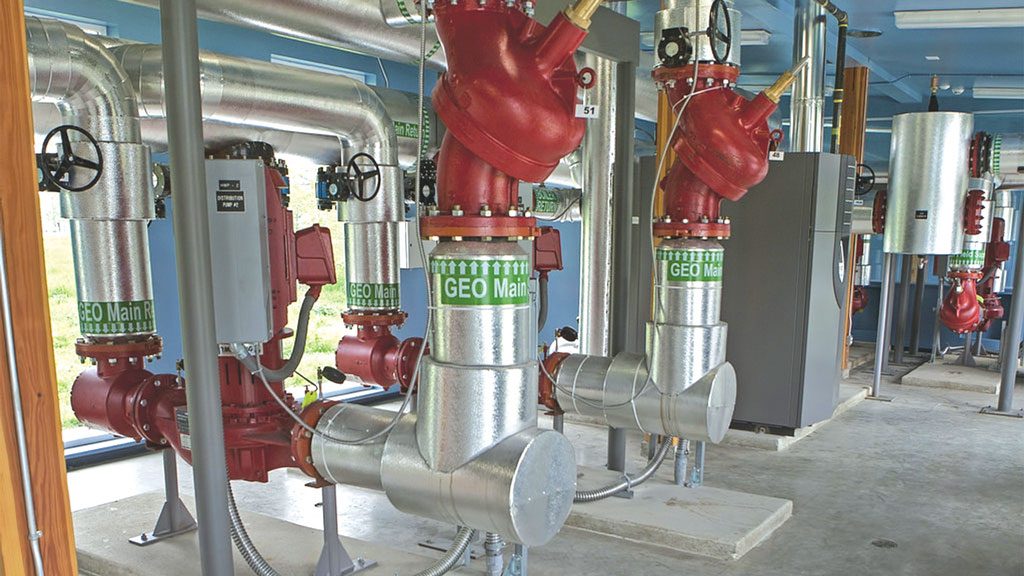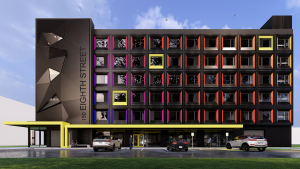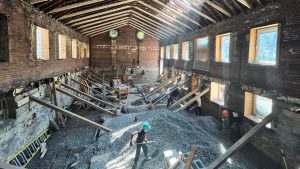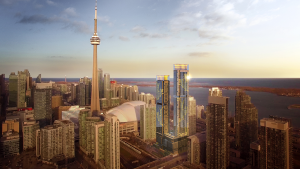The Times They Are a-Changin’, a ballad released by legendary American singer Bob Dylan in 1964, might be an apt theme song for the residential building industry these days as more developers go greener.
One of the advances picking up steam lately is an energy-efficient heating and cooling system that uses geothermal technology to reduce the carbon footprint and greenhouse gas (GHG) emissions of units.
Subterra Renewables, a thermal energy company that installs the green technology in developments, is reporting more interest in the systems from builders and municipalities seeking sustainable solutions.
The most common reaction I get is that, ‘It sounds too good to be true,’
— Lane Theriault
Subterra Renewables
The company, for example, recently brokered a deal to install the system in 52 suites at Birchcliff Urban Towns, a development that Core Development Group is now building atop the Scarborough Bluffs in Toronto.
Company president Lane Theriault says the development is expected to eliminate as much as 130 tonnes of greenhouse gas equivalent annually. To put that in perspective, it’s equal to emissions from a passenger vehicle driven 318,627 miles, or from burning 142,232 pounds of coal or 14,628 gallons of gas.
Although the technology has been around since the 1940s, developers are now starting to come around to the idea, he says, especially when they realize it reduces their capital costs and is good for business.
“I’ll tell you, the most common reaction I get is that, ‘It sounds too good to be true,’ and ‘What’s the catch?’ so there’s a little bit of an education process that needs to happen with the developers,” admits Theriault.
“But, generally speaking, once the developers understand that there’s all these benefits they can get from going green, you can see that the light bulb kind of goes off because there isn’t a cost anymore to doing the work. Once you get past that hump, it’s all downhill and an easy conversation from there.”
In a nutshell, the geothermal system uses the ground as a thermal battery. A network of underground pipes is installed and fluid is circulated through the pipes that either absorbs or dissipates heat into the ground.
Unlike direct geothermal energy generation, which taps into super-heated water in geothermal hot spots to produce electricity, the system harvests low-grade thermal energy from below ground which specialized pumps use to turn it into warm air during the cold months and cool air during the warm months.
“It’s the same type of technology that’s in a refrigerator,” says Theriault. “If you’ve ever felt the back of a refrigerator when it’s running, it’s hot and that is the refrigerator removing heat from the refrigerator, the building in our case.
“We’re sending it down into the ground and we’re storing that heat so that in the wintertime we can reverse that cycle and pull the heat out of the ground. That’s what makes the system so efficient because we’re not actually creating any energy. We’re just moving it around over the course of the year.”
The cost of installing the system is paid for by the energy provider, so the developer saves money as it eliminates the need for natural gas boilers and air-conditioning in each residence, thereby also creating more liveable space. Subterra makes its money by selling the energy back to residents at a fixed monthly fee that’s comparable to what they would have paid had a conventional system been installed.
The system takes a couple of weeks to install and is put in before excavation work is done. In a typical install, a series of vertical boreholes are drilled up to 650 deep and piping is installed and then cut and capped at the level where basements or a parkade are to be installed. Excavation of the foundation then proceeds as normal.
When the contractor is ready to do the drainage work, the vertical pipes are then connected to horizontal pipes which are laid along the bottom of the foundation and connected to a mechanical room. Pumps and valves are installed in the mechanical room when the development is nearing completion.
Theriault says while people are more sustainably-conscious and there is greater interest in green technology, municipalities are also starting to demand that builders adopt more energy-efficient practices.
“Municipalities are starting to demand and they’re measuring more and giving builders targets to meet around greenhouse gas emissions and energy demand around buildings. If you don’t meet the metrics, you’re not going to be able to build the building so that’s pushing a lot of folks to these types of technologies.”
According to the federal government, homes and buildings account for 11 per cent of Canada’s GHG emissions.











Recent Comments
comments for this post are closed